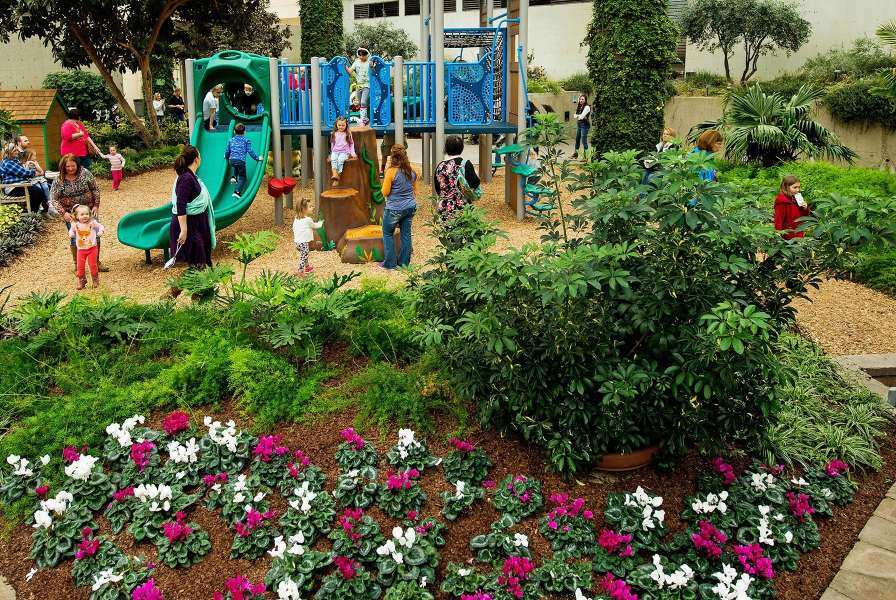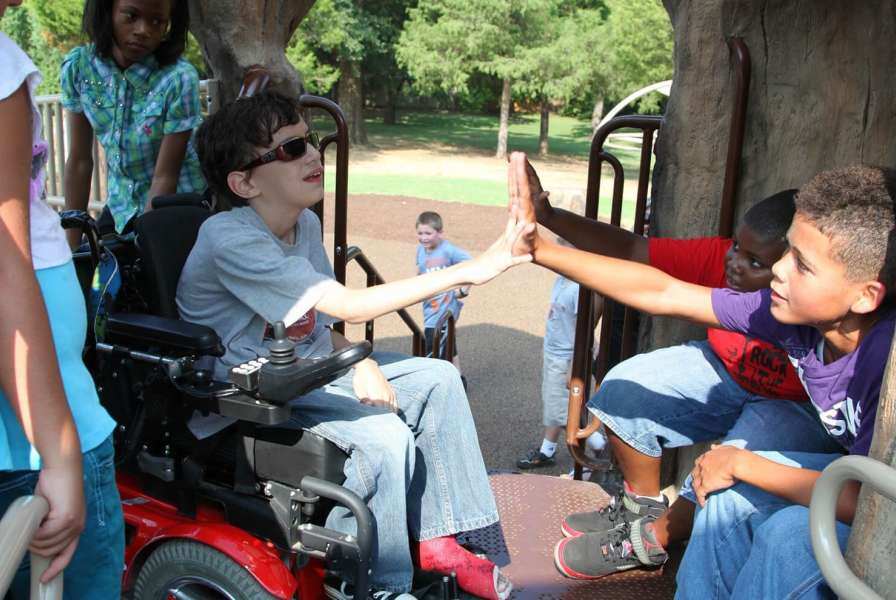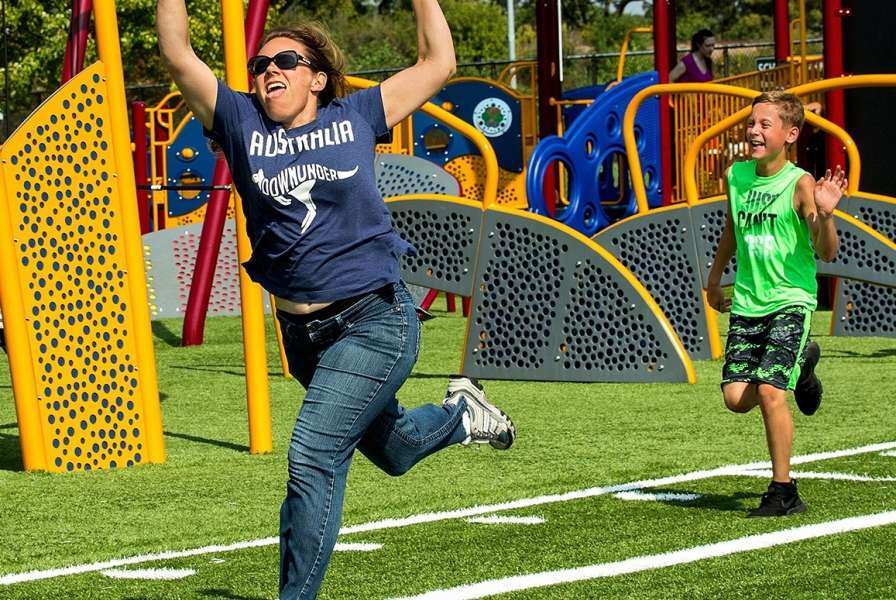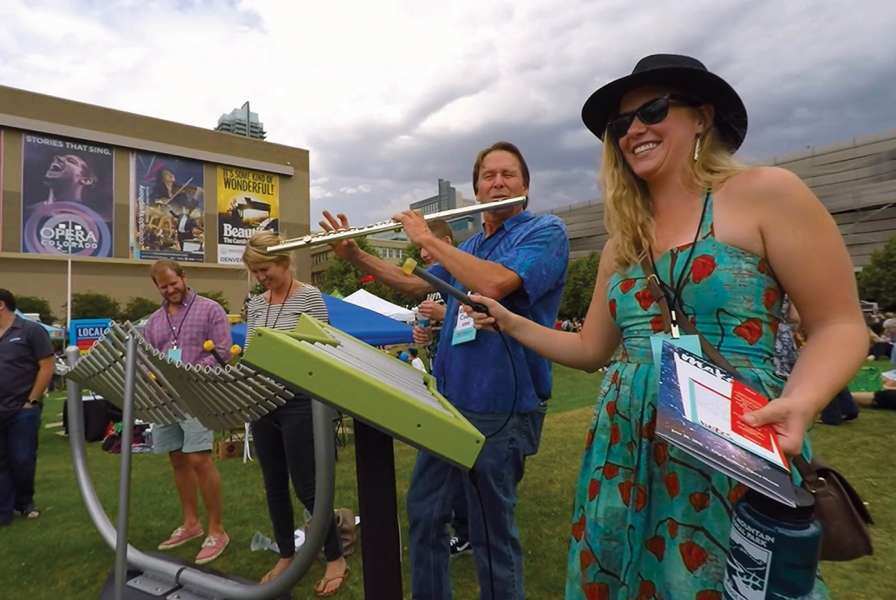In the blogs I have written for PlayCore, I have enjoyed offering insights into play behavior and the growing science that provides clarity about its nature and benefits for all players. PlayCore affirms the importance of play, and continually strives to provide settings and curricula that promote the growing evidence for its inclusion throughout our entire lifecycle.
In the next two blog posts, I will take the reader through a discovery process that has been mine, which will focus on one pattern of play behavior, ROUGH AND TUMBLE PLAY, or as it is referred to by many - the instinctive play pattern of PLAY-FIGHTING.
First, some nostalgia about my youthful neighborhood rough and tumble play that was spontaneous and a major part of my youth.
It used to be that self-organized play was all kids did. The pickup games of my own youth were typical of those that spontaneously cropped up back then in vacant lots and parks across the country. They were anarchic, and didn’t always end well, but they had their own style and etiquette, were full of interruptions, reversals, flexibility, rule changes. Despite the seeming anarchy, these games existed within an overall, agreed-upon sense of structure, and fairness. They were undertaken with an accepted, minimal risk of damage, and had safeguards. Although there was considerable mayhem and noise during the course of these games, I remember that they were exciting, and there wasn’t naked aggression.
I can attest that these child-organized, child-dominated experiences have had major effects on not only my own capacities and perceptions as an adult, and how I grew to see myself, but did so also for all the other boys who were involved in this game. Looking back now, with the retrospective eyes of a trained psychiatrist, these play-inspired portraits of others and myself feel more real, persistent and predictive of life to come than any other molding experience. Certainly, parents and mentors are pivotal, but the self that emerges through play is the core authentic self. My systematic studies of the play deprived and the research of others confirm that these kid-organized games and other rough and tumble play experiences have significant positive long-term outcomes.
Alas, these kinds of activities are becoming rarer. Most suburban kids now are ferried from music lesson to math tutor to soccer game. Every activity is organized and overseen by adults. This is not all bad. I think that in many ways the relationship between kids and adults, kids and their parents, is much closer than in my day. But something very significant has also been lost.
Visit Dr. Brown's blog next month to read part 2 in this series on rough and tumble play.









